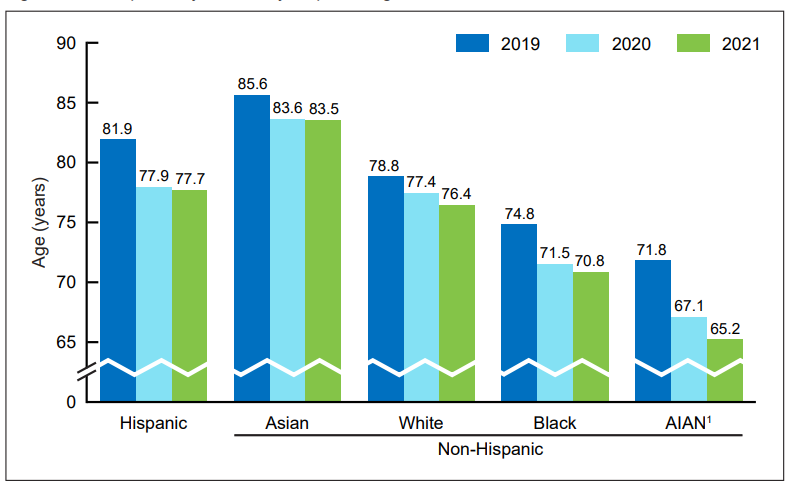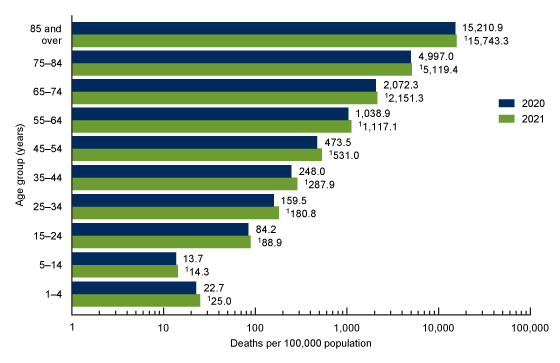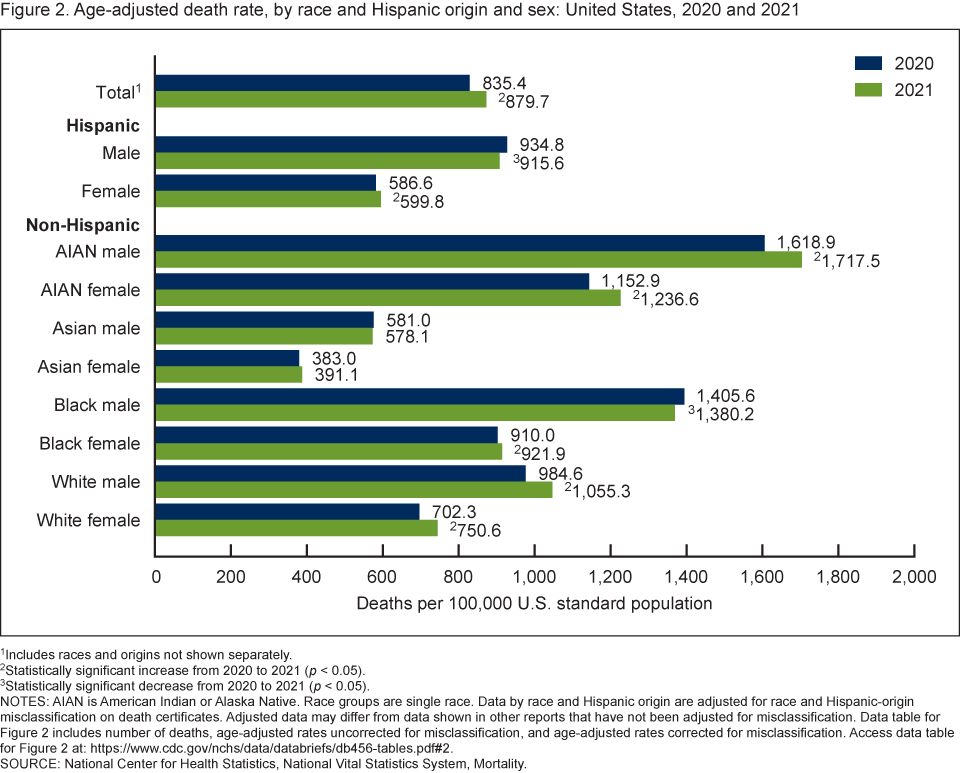Table of Contents
- U.S. Experienced Steepest Two-year Decline in Life Expectancy in a ...
- Jon Minton’s Blog - Tidy Tuesday on Life Expectancy
- U.S. Experienced Steepest Two-year Decline in Life Expectancy in a ...
- US Life Expectancy Reaches 25-Year Low: CDC
- Forecasting life expectancy, years of life lost, and all-cause and ...
- Future life expectancy in 35 industrialised countries: projections with ...
- Jon Minton’s Blog - Tidy Tuesday on Life Expectancy
- Cdc Life Expectancy Tables 2024 - Eydie Jaquith
- US Life Expectancy Reaches 25-Year Low: CDC
- U.S. life expectancy fell by a year in the first half of 2020, CDC ...

Life expectancy is a crucial measure of a population's health and well-being. It refers to the average number of years a person can expect to live, based on the mortality rates of a given population. In the United States, the National Vital Statistics System (NVSS) plays a vital role in tracking and analyzing life expectancy data. In this article, we will delve into the world of NVSS and life expectancy, exploring the latest trends, factors that influence life expectancy, and what the data means for public health policy.


What is the National Vital Statistics System (NVSS)?

The NVSS is a system of surveys and data collection programs operated by the National Center for Health Statistics (NCHS), which is part of the Centers for Disease Control and Prevention (CDC). The NVSS collects and analyzes data on births, deaths, marriages, divorces, and other vital events in the United States. The system provides a comprehensive picture of the nation's health, including life expectancy, mortality rates, and other key indicators.

Life Expectancy Trends in the United States

According to the NVSS, life expectancy in the United States has been steadily increasing over the past few decades. However, the rate of increase has slowed in recent years. In 2020, the average life expectancy at birth was 78.7 years, which is a decrease from 78.8 years in 2019. The data also shows that life expectancy varies significantly depending on factors such as sex, race, and geographic location.


Factors that Influence Life Expectancy
Several factors contribute to life expectancy, including:
- Chronic diseases: Conditions such as heart disease, cancer, and diabetes are major contributors to mortality rates.
- Lifestyle factors: Behaviors such as smoking, physical inactivity, and poor diet can significantly impact life expectancy.
- Socioeconomic factors: Poverty, lack of access to healthcare, and education level can all influence life expectancy.
- Environmental factors: Exposure to pollution, climate change, and other environmental hazards can affect life expectancy.

Implications for Public Health Policy
The NVSS data on life expectancy has significant implications for public health policy. By understanding the factors that influence life expectancy, policymakers can develop targeted interventions to improve health outcomes and reduce mortality rates. For example, initiatives to reduce smoking rates, increase access to healthcare, and promote healthy lifestyles can all contribute to increased life expectancy.
In conclusion, the National Vital Statistics System (NVSS) provides valuable insights into life expectancy in the United States. By analyzing the trends, factors, and implications of life expectancy data, we can better understand the complex relationships between health, lifestyle, and environment. As we move forward, it is essential to continue monitoring life expectancy data and developing evidence-based policies to improve the health and well-being of our population.
For more information on life expectancy and the NVSS, visit the National Center for Health Statistics website. Stay informed about the latest trends and research in life expectancy, and join the conversation on how we can work together to improve public health outcomes.
